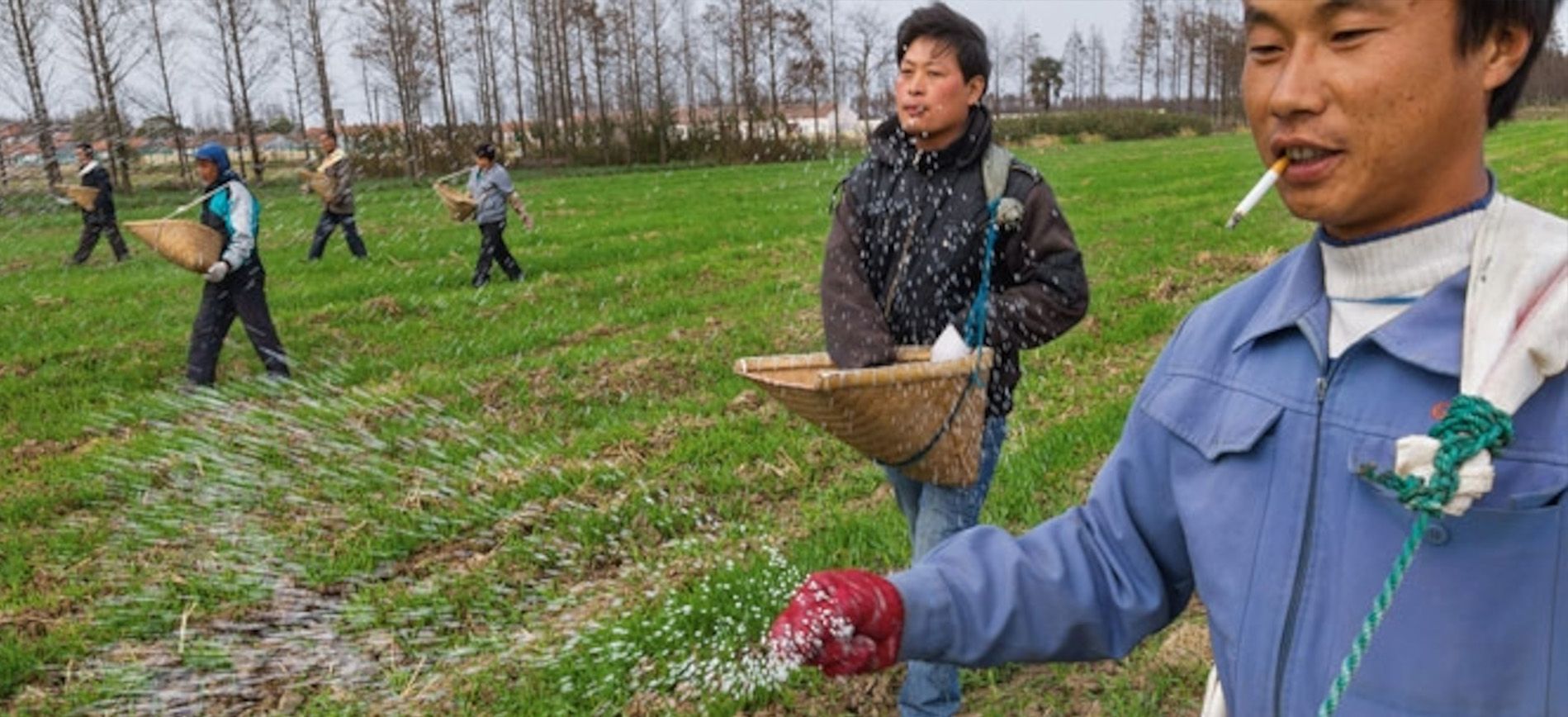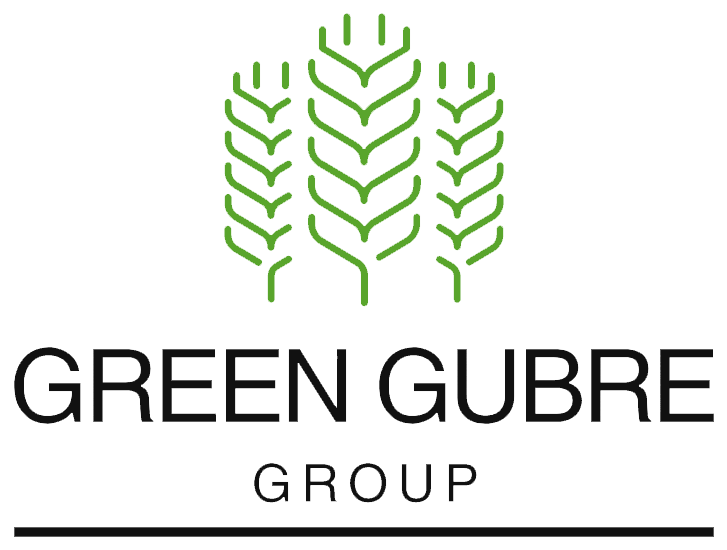Meeting Africa’s Food Security Challenge – The Growing Demand for Urea, NPK, and Modern Fertilizers
Meeting Africa’s Food Security Challenge - The Growing Demand for Urea, NPK, and Modern Fertilizers

Africa’s agricultural sector is at a critical juncture. With its population set to double by 2050 and the pressing need to ensure food security, the continent is under unprecedented pressure to enhance crop yields and farm productivity. Fertilizers—particularly granular urea, prilled urea, and NPK blends—are at the forefront of this transformation. Africa’s fertilizer demand narrative is about quantity, scientific progress, customized solutions, and fair access.
Fertilizer Demand in Africa: A Surge Fueled by Necessity
Across countries like Nigeria, Ethiopia, Ghana, Kenya, and Côte d’Ivoire, the demand for nitrogen, phosphorus, and potassium is rising sharply due to:
- A growing population and urbanization require more efficient food production systems.
- Government-backed agriculture programs, including fertilizer subsidies and farmer training.
- Increased awareness among smallholders about nutrient deficiencies in soil.
African farmers are increasingly turning to:
- Granular Urea (46-0-0): For cereal crops like maize, rice, and sorghum.
- Prilled Urea: Where faster solubility and more straightforward application are needed.
NPK blends (15-15-15, 20-10-10, 23-10-5): For fruit, vegetables, cocoa, and palm oil plantations.
Scientific Innovations at Play
The evolution of fertilizer use in Africa is guided by science and technology. Several groundbreaking developments are reshaping the landscape:
- Site-Specific Nutrient Management (SSNM): Using GPS and AI technologies, tailoring fertilizer applications based on local soil needs.
- Urease and Nitrification Inhibitors: Help reduce nitrogen loss in hot and semi-arid African climates.
- Bio-NPK and Microbial Biofertilizers: Using beneficial bacteria and fungi strains to improve uptake and resilience in poor soils.
These technologies are integrated with traditional fertilizer use to create custom blends tailored to Africa’s diverse agroecological zones.
Infrastructure and Supply Challenges
Despite the rising demand, access to fertilizers remains inconsistent due to:
- Poor port infrastructure in countries like Nigeria and Togo.
- High transportation costs inland, especially in landlocked countries like Mali and Burkina Faso.
- Lack of localized blending plants leads to overuse or misuse of generic fertilizer types.
Regional hubs like Lomé Port in Togo and investments in fertilizer storage and blending centers are helping mitigate these challenges.
Urea and NPK in Africa’s Development Agenda
International development agencies and local governments recognize fertilizers as crucial to meeting the SDGs, especially goals related to hunger, poverty reduction, and climate resilience.
- AFAP (African Fertilizer and Agribusiness Partnership) and AGRA (Alliance for a Green Revolution in Africa) are investing in private-sector partnerships and smallholder training.
Projects for green ammonia and biofertilizer production are emerging as promising frontiers for long-term sustainability, inspiring a future where Africa's agriculture is both productive and environmentally friendly.
Conclusion
Africa’s fertilizer demand is not just increasing—it is transforming. Scientific innovation, policy backing, and commercial investment are redefining how fertilizers are manufactured, blended, and distributed. Granular and prilled urea and customized NPK formulations are at the core of Africa’s ability to produce more food sustainably and fairly. To meet the food requirements of a burgeoning continent, global support and investment in brighter, cleaner, and more accessible fertilizers are crucial.




